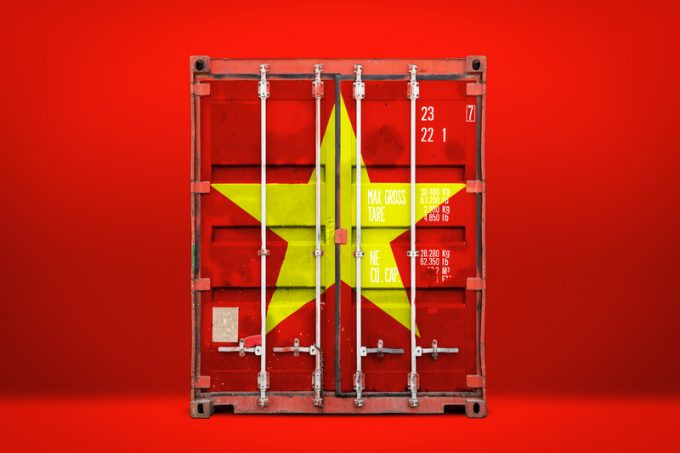Latam forwarders call on carriers to boost capacity so exports can flow
South American forwarders are becoming increasingly concerned about a looming ocean capacity crunch as the ...

Vietnam’s exports have bounced back quickly after months of lockdown, boosting freight rates and leaving forwarders fighting for space.
Strict social distancing in South Vietnam ended in early October, but not before a 6.1% GDP contraction in Q3 and warnings from business leaders of lost orders and investments if restrictions weren’t lifted.
The garment sector, for example, suffered an 18.6% year-on-year drop in exports in September, after many factories had been forced to close.
The hit to production could have been significantly worse ...
'It’s healthy competition' Maersk tells forwarders bidding for same business
Transpacific sees first major MSC blanks as rates fall and volumes falter
US shippers slam USTR port fee plan – 'an apocalypse for trade'
Opposition builds for final hearing on US plan to tax Chinese box ship calls
Despite sourcing shifts, 'don't write-off China', says CMA CGM CCO
White House confirms automotive tariffs – 'a disaster for the industry'
Cargo chief quits WestJet as freighter operations cease
New price hikes may slow ocean spot rate slide – but for how long?

Comment on this article